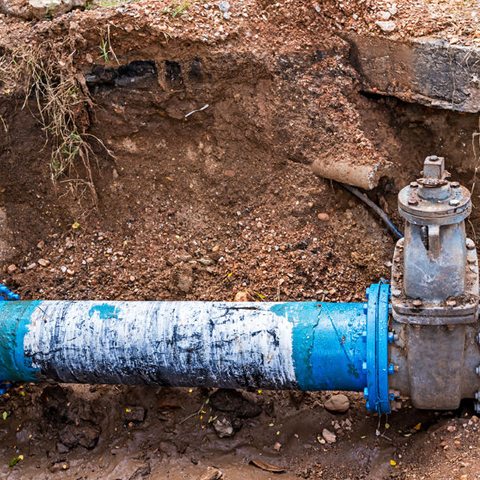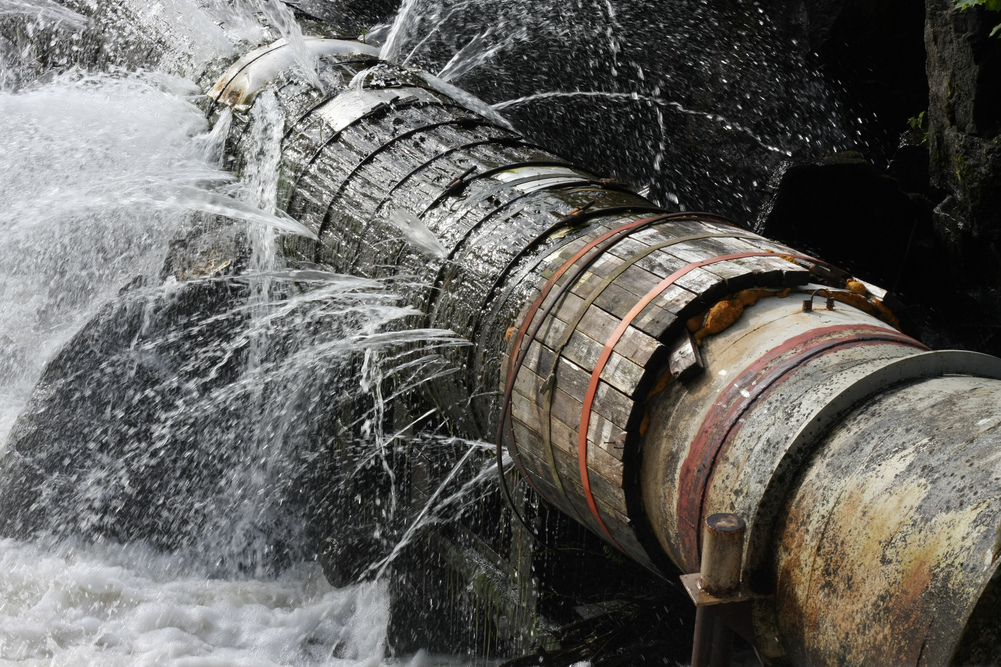The content below pertaining to Do s And Don ts For Homeowners Managing With Water Damage is pretty much insightful. Check it out for your own benefit and see what you think about it.

What should you do if a pipes bursts in your residence? Do you desire a mini-waterfall and also flooding in an area of your home? You need to act fast if you find on your own in this situation. The longer you wait, the extra extreme the damages that can take place to your home. The presence of mind is key in these events. For these factors, you require to discover exactly how to act in the event of a ruptured pipes. Look into the complying with suggestions below to aid you act quickly since time is of the essence.
Turn off the Main Waterline Valve
Look for the local shut-off shutoff to turn off the water in one specific area only. If you do not understand where the local shut-off valve is, go for the primary water line valve and transform it off. Typically, the major shutoff is found outside the house following to the water meter.
Call Water Damage Repair Pros for Aid
After closing the water source, call the professionals for assistance. With their professional assistance, you can stop a lot bigger water damage including distorted baseboards, loose tiles, or damaged frameworks.
Record the Damages For Insurance policy
While you're waiting for the pros to get here, get some paperwork of the damages created by the wayward pipe. Do close-up shots of the damaged valuables and areas.
Restore Points That Can Be Saved
Analyze the damaged items and take out the most vital ones from the stack as soon as you're done taking photos. Dry them off in a dry/warm location away from the damaged area and also attempt to maintain them as high as you can. Drag as much dampness as you can to the product so it can begin to dry out.
Begin the Drying Refine
You need to start the drying process as soon as possible. Thankfully, the water from your waterlines is currently tidy so you do not have to fret about sewer water. The moving water may have disturbed the dirt as well as debris in your rugs and floorboards. In this instance, put some gloves on and also start some troubleshooting. Use containers to dump out the water. Remove as much water as you can from the surface areas with old towels. Turn on an electric follower or open your windows to advertise air circulation. These steps will speed up to completely dry and discourage mold and mildew as well as mildew development.
Experts are the only people qualified to assess correctly and also deal with the burs pipelines as well as subsequent damages. As always, pipes do not simply unexpectedly break out of heaven. They normally give quiet red flags like bubbling paint, water discolorations. Strange sounds in the plumbing, caving ceiling, moldy smell, or peeling off wallpaper. Bear in mind of these signs as well as do some preventive measures so you can nip any issues in the bud.
What should you do if a water pipeline ruptureds in your residence? For these factors, you require to learn just how to act in the event of a burst water pipe. After shutting the water source, call the professionals for help. With their expert help, you can prevent much bigger water damages consisting of distorted baseboards, loose tiles, or harmed frameworks. The good news is, the water from your waterlines is currently clean so you don't have to fret regarding sewer water.
How to Handle a Burst Pipe and Minimize Damage
Steps to Take Ahead of Time
If you own property in an area that experiences cold weather, you need to be aware of seasonal maintenance tasks that will help you protect your property as the weather changes each year. One of the most important steps is to winterize your pipes to ensure they won't freeze or burst when the temperature drops. This includes action items like insulating any exposed pipes, detaching garden hoses and covering outdoor faucets. If the weather gets cold enough, you may even consider leaving a faucet dripping or opening cabinet doors during the coldest parts of the day.
No matter how prepared you might be, accidents and emergencies still happen. You'd be wise to set up a savings account specifically for your property so you have a "rainy day" fund set aside for unexpected expenses. All homes regardless of age, location or condition will inevitably need some form of emergency repair.
Steps to Take for Frozen Pipes
A frozen pipe will not necessarily burst, so if you can catch a frozen pipe early on, you could save yourself a major headache. When your area experiences frigid temperatures, be sure to check your plumbing and keep an eye out for warning signs like faucets only releasing small amounts of water or toilets not refilling when flushed. If you do run into one of these issues, you're likely dealing with a frozen pipe.
If this happens, your first step should be to cut off the water supply to that section of the plumbing. Expanding and freezing water can quickly cause damage. Even if the water supply is shut off, you will likely still deal with some leaking from the water that defrosts after the pipe has thawed. Be prepared with a mop, bucket and/or towels to quickly soak up any excess water.
In order to thaw a frozen pipe, you can use a space heater, infrared or incandescent heat lamp, or even a hairdryer to warm up the frozen area. Heat tape is also an option and should be used according to manufacturer instructions. Do not use any sort of open flame to thaw frozen pipes, as it poses a major fire hazard and can damage your pipes further.
Steps to Take for a Burst Pipe
Water damage claims are the second most common insurance claim in the U.S. When you're dealing with a frozen pipe, the water continues to expand as it freezes, which creates pressure that can cause a pipe to burst. When this happens, the crack or leak in the pipe allows water flow from the pipe to enter your home where it shouldn't. If a pipe does burst, you need to act quickly to mitigate property damage and repair cost.
Your very first step should be to shut off your main water supply to minimize flooding typically the most expensive damage to address. Once you've shut off the water supply, make sure you identify the entire area that has been impacted by the leak. Remove as much water as possible as quickly as possible using a mop, sponges, towels or a shop vacuum or wet/dry vacuum. To prevent long-term damage due to moisture build-up, run a dehumidifier or fan in the affected area. Contact a licensed plumber to ensure the pipe is correctly repaired before running any water to that section of the home again. Burst pipes and the associated water damage are something you absolutely want to avoid as a property owner. If you've had to learn your lesson the hard way, don't let yourself get caught in a similar situation during the next spell of cold weather. The best way to deal with frozen or burst pipes is to prevent them in the first place proactive winter maintenance will save you time, money and a whole lot of stress.

I ran across that post about Do s And Don ts For Homeowners Managing With Water Damage while browsing on the web. Sharing is caring. You never know, you might be doing someone a favor. I enjoy reading our article about Do s And Don ts For Homeowners Managing With Water Damage.
Drainage issues? Inform.